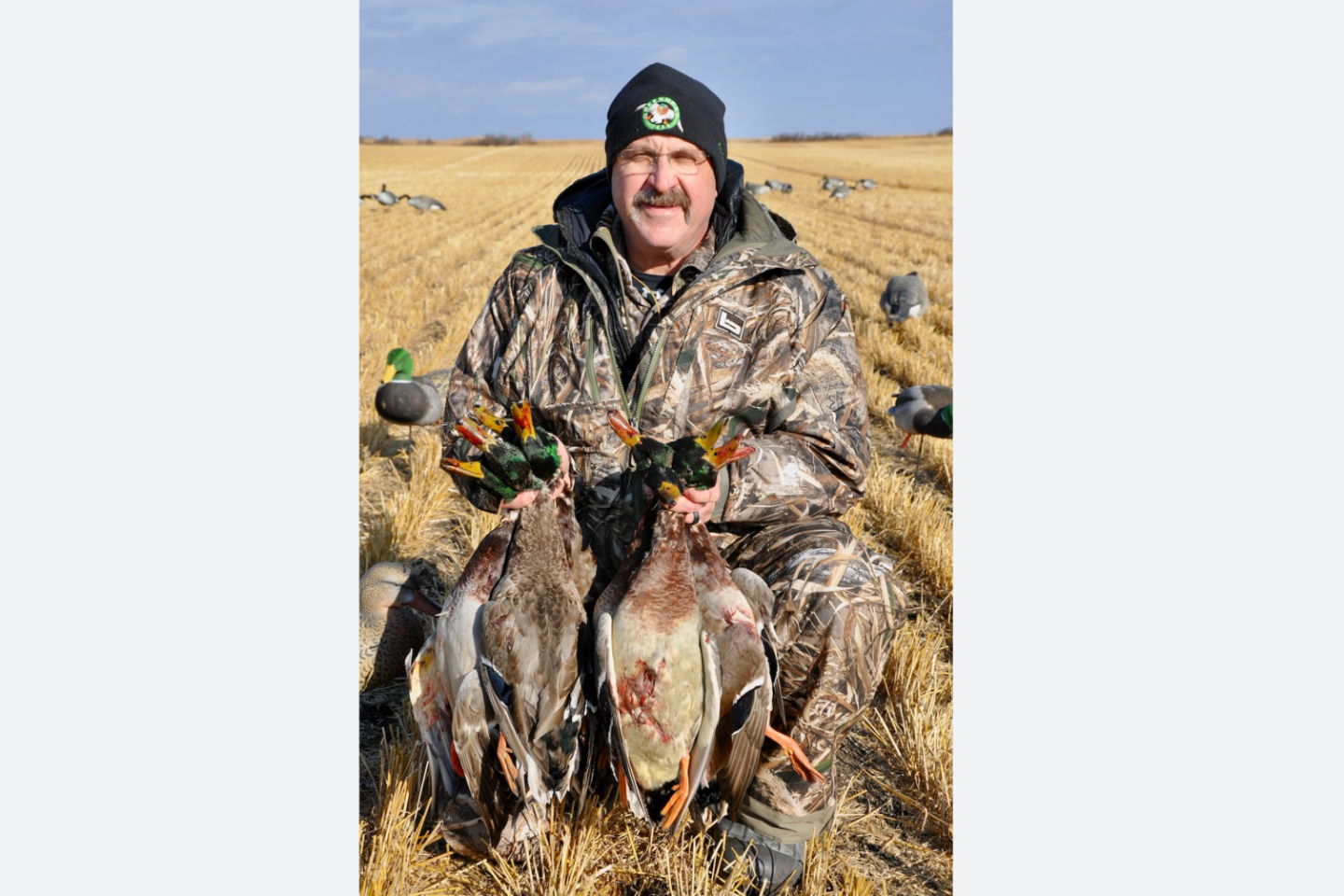DUCKS AFIELD
From scouting to decoying to choosing loads, a primer on how to successfully hunt dabblers on dry land
Advertisement
#1 SCOUTING TACTICS
In the fall, dabbling ducks will leave their roosts and head out to feed in agricultural fields, gorging on crops such as barely, wheat, corn, peas and lentils. This daily feeding routine takes place like clockwork every morning and afternoon. If left undisturbed, the ducks will feed in the same field until they’ve eaten everything. A successful hunt begins with finding such a field, and the only way to do that is by scouting.
Advertisement
I typically like to scout the evening before a morning hunt, or the morning before an afternoon hunt. One of the most productive scouting methods is to follow ducks as they fly from their roosts to go feed. If you know where they are roosting, simply park on the highest hill in the area and wait for them to leave.
If you don’t know where ducks are roosting, drive around your hunting area until you spot birds in the air, then simply follow them to their feeding field. However, don’t follow the first group that leaves the roost, since not all flocks will go to the same place to feed. Instead, let a few flocks come off the roost until you recognize a directional pattern, then follow it.
Early in the season, ducks often feed close to their roost. Then as the season progresses, they’ll venture further and further to feed, avoiding nearby fields they’ve already picked clean. Ducks will also avoid fields where they’ve been shot at, so don’t be surprised if you have to follow them for several kilometres. By flying further to feed, the birds also become conditioned for their long migration ahead.
Advertisement
Once you learn where the ducks are feeding, watch them until they return to their roost. Take note of their feeding pattern, as well as the exact spot where they were last feeding—that’s precisely where you need to set up for your hunt the following morning.


